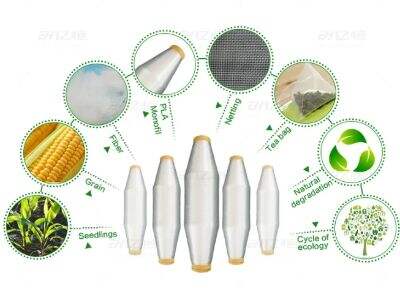This is a small experiment and nothing else, we will see which of the 3D printers can print with PLA. No need to worry, Eheng is here to guide you. In this guide, we will discuss some common issues that you may experience with PLA filament printing and how to troubleshoot them. These tips will help you get better results and a smoother printing experience.
Tips to troubleshoot warping and sticking issues with your prints:
Print warping and sticking issues are very common when printing using PLA filament. To prevent these issues, ensure your printer’s build plate is clean and flat before running a new print. A heated build plate can aid in print adhesion and reduce warping. In case your print still warps you can further adjust the printing temp or use a brim or raft to give more support to the printing.
Taking care of your PLA filament in order to prevent nozzle clogs and jams:
Nothing is more frustrating than a nozzle clog/jam that ruins your print. To prevent these issues from occurring, make sure to store your PLA Monofilament yarn in a cool, dry place where it cannot absorb moisture. Regularly clean your printer nozzle with a cleaning filament or, in some cases, a needle. If you’re seeing a clog or a jam while printing, stop the print immediately, clean the nozzle, and resume.
Some helpful tips to prevent layer separation and stringing on your prints.
Layer separation and stringing – Layer separation can happen when the layers of your print do not stick to each other well, or if too much Monofilament yarn is coming out of the nozzle between layers. Inspect your printer’s settings to ensure layer separation doesn’t occur, such as your layer height and printing speed. Change the retraction settings in your slicer software to prevent stringing. Additionally, part cooling helps improve print, and minffes stringing.
Causes of under-extrusion and how to prevent it:
Under-extrusion is when not sufficient filament is coming out while you are printing, which can result in gaps or weak spots in your model. Finally, it might help to check for any blockages in your printer's extruder and hotend to avoid under-extrusion. Check that your filament is feeding correctly and that it is not jamming or tangled up. Tweak your printer temperature settings to ensure a good filament flow, and consider raising the extrusion multiplier in your slicer software.
How to understand and fix print quality issues such as ghosting, ringing, etc.
When ghosting and ringing happen in your PLA prints, it is often due to vibrations in your printer. You might be interested in upgrading your printer frame or adding some dampers to reduce vibrations to fight ghosting and ringing. Lowering your print speed and acceleration settings can help reduce the quick movements that cause ringing. Also ensure your belts and pulleys are tight to eliminate any slack which can cause ghosting.
Table of Contents
- Tips to troubleshoot warping and sticking issues with your prints:
- Taking care of your PLA filament in order to prevent nozzle clogs and jams:
- Some helpful tips to prevent layer separation and stringing on your prints.
- Causes of under-extrusion and how to prevent it:
- How to understand and fix print quality issues such as ghosting, ringing, etc.

 EN
EN
 AR
AR
 BG
BG
 HR
HR
 CS
CS
 DA
DA
 NL
NL
 FI
FI
 FR
FR
 DE
DE
 EL
EL
 HI
HI
 IT
IT
 JA
JA
 KO
KO
 NO
NO
 PL
PL
 PT
PT
 RO
RO
 ES
ES
 SV
SV
 CA
CA
 TL
TL
 ID
ID
 LV
LV
 LT
LT
 SR
SR
 VI
VI
 SQ
SQ
 HU
HU
 MT
MT
 TH
TH
 TR
TR
 MS
MS
 GA
GA
 LO
LO
 LA
LA
 BN
BN
 SK
SK
 SL
SL

